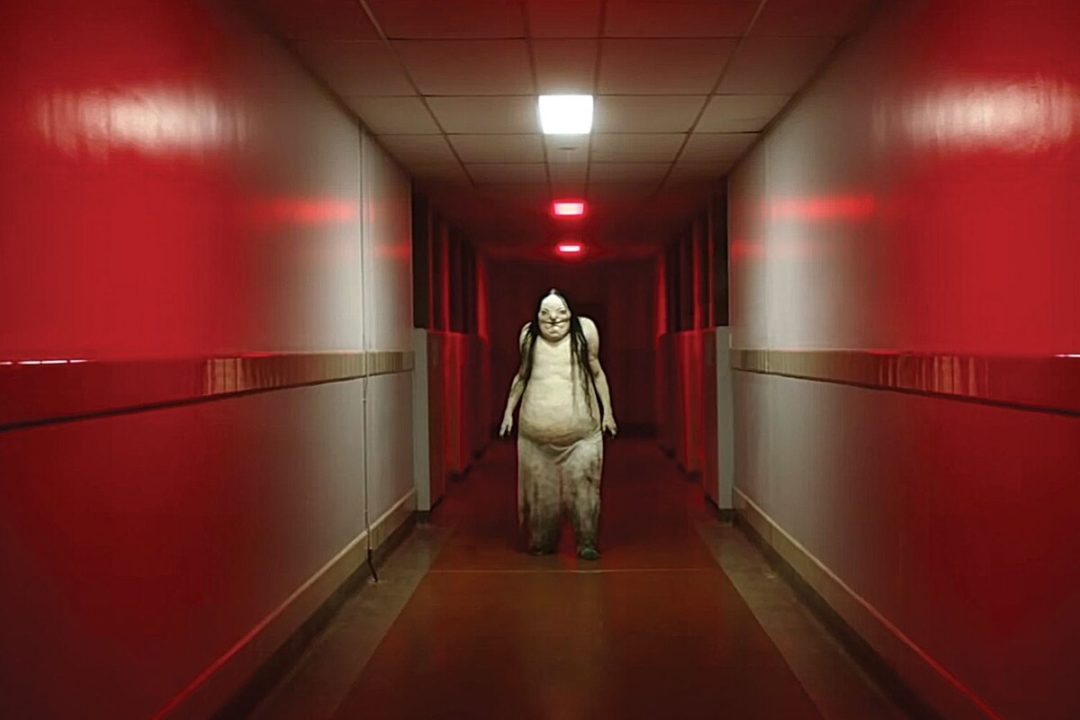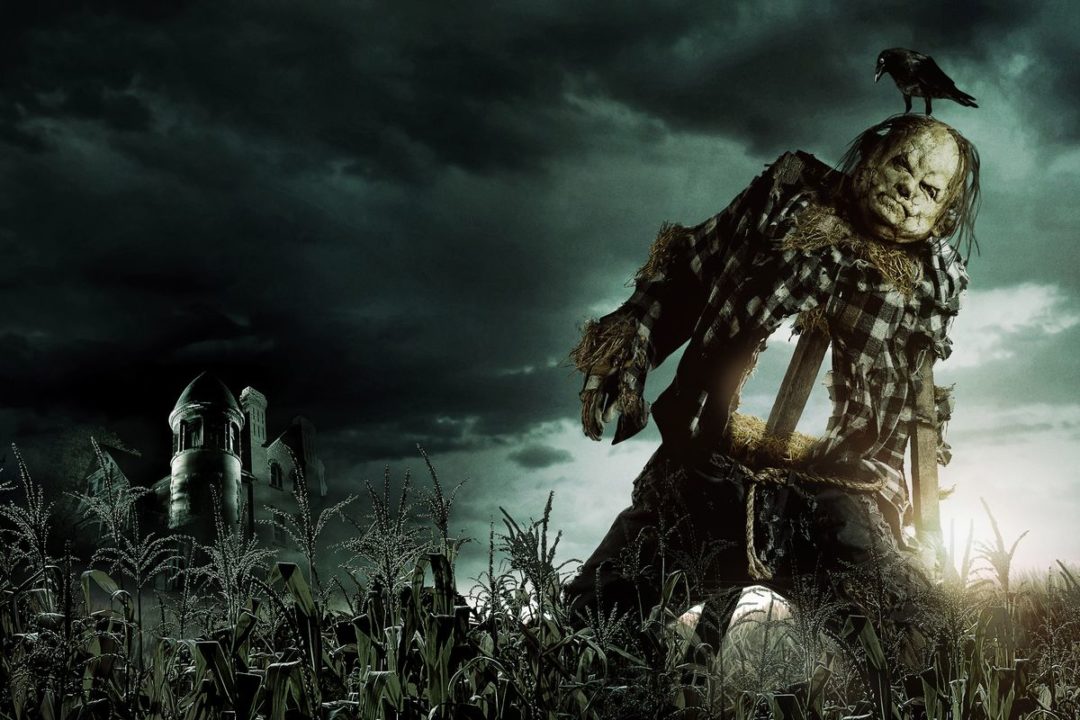There’s an eerie and fascinating power to stories that are so old that we don’t know whom the muses first whispered them to. Any work of art illustrates intimate truths about the person who created it. If that’s true, then the folk tales of our culture — passed around and changed by so many — tell us intimate truths about us. Writers like Joseph Campbell and Sir James George Frazer focused their scholarly work on those traditions, tracing the similarities between the stories of gods and monsters as a way to understand the collective psychology of the human race.
Alvin Schwartz and Stephen Gammell’s Scary Stories to Tell in the Dark series belongs in the same conversation as The Hero with a Thousand Faces and The Golden Bough, with all of the works focused on telling stories, and what telling stories even means. The three-book series shared spooky American folklore with younger readers, with Schwartz also teaching them about how to share them and inviting them to have a look at what’s going on under the hood like Campbell and Frazer. The metatext and Gammell’s disturbing illustrations made Scary Stories to Tell in the Dark a school book fair sensation and one of the most challenged and banned book series in recent American history. Now a Guillermo del Toro-produced film adaptation is bringing those books to new audiences.

Don’t you ever laugh as the hearse goes by,
For you may be the next to die. – “The Hearse Song”
Many argue the Scary Stories to Tell in the Dark series’s success was due almost entirely to Gammell’s illustrations. Readers rebelled when the books were reissued with new, less scary images by another illustrator, and the beloved originals eventually returned to print. Working in what appears to be charcoal and ink to produce images intended to be printed in black-and-white inside modest paperbacks, Gammell produced twisted grotesqueries that leer off the page. The monsters stare right into the reader’s face. Everything looks tattered and smudged, like seeing somebody’s half-remembered bad dream.
They’re a great accompaniment to the text, which samples everything from persistent old ghost stories to chilling modern urban legends. Their subjects included wendigo, vampires, witches, and a white wolf that embodied nature’s vengeance. Some, like “High Beams,” which features a knife murderer hiding in the back seat of a car, can spark the feeling you’ve heard the story before even if you can’t remember who told it to you and when. You may even recall seeing versions of the stories told in other media, as in “Room for One More,” a version of The Twilight Zone episode “Twenty Two” where someone has a disturbing premonition of death before narrowly avoiding it in an elevator crash.
Schwartz’s prose is spare and at times clunky to the point where you might be tempted to think he deserves less credit for the series’s success than Gammell’s Grand Guignol imagery. Schwartz cranked out a large body of work collecting jokes, songs, and other popular folklore into amusing books in the same vein as the Scary Stories series. Fight Club author Chuck Palahniuk roasted such public domain writers in his book Lullaby, where an author with a similar M.O. inadvertently discovers an incantation that will kill the listener.
Yet, even Schwartz’s simple writing style is something of an asset. The stories are meant to be told, and the key to telling any story is to put some of yourself into it during the telling. If the stories were longer than a page, or if the voice were too whimsical or stark, it would intrude on the reader’s ability to insinuate themselves into the telling. It would also preclude some of the most bemusing parts of the book, like when Schwartz uses parentheticals to urge the reader to jump at the nearest listener and scare the bejeezus out of them.
One of my favorite aspects of the Scary Stories to Tell in the Dark books is the bibliographical and historical notes in the back. Those parts stuck with me the most precisely because they swept aside the curtain and revealed how some of these stories have wended their way to our ears. The notes concerning “The White Wolf,” for instance, trace other stories with similar motifs like “revenant as wolf” and “return from dead to inflict punishment,” which I love to imagine Schwartz scribbling into a notebook with a totally straight face.
The Scary Stories to Tell in the Dark film adaptation unfortunately doesn’t do the literary phenomenon justice. While the PG-13 rating is definitely age appropriate for the intended audience, the books’ subject matter is a hard R that director André Øvredal seems to have been unwilling to push for, or perhaps unsuccessful at doing so. The creatures that appear in the film are closely modeled on Gammell’s disturbing imagery, but the movie is cavalier in revealing and showcasing them when they would work best as lurking, barely glimpsed specters. The plot, featuring a group of doomed teens in 1968 smalltown America, doesn’t make a big impression.
It’s a shame because learning how to deal with being scared is part of growing up, something that parents seem to be forgetting as summer camps increasingly stop telling campfire stories. The film’s shortcomings also go to show that sometimes the best way to tell a story is the simplest way. All anybody has ever needed to enjoy Scary Stories to Tell in the Dark is a teller, a listener, and a willingness to invite in the delicious feeling of dread that lurks just outside the campfire’s glow.





Published: Sep 7, 2019 10:00 am